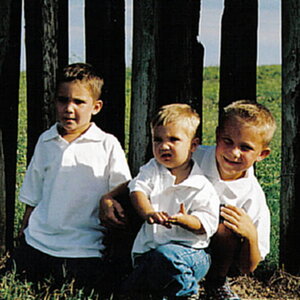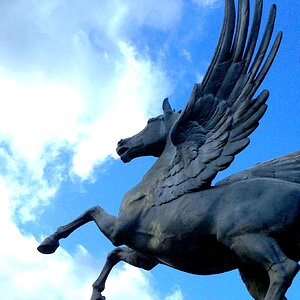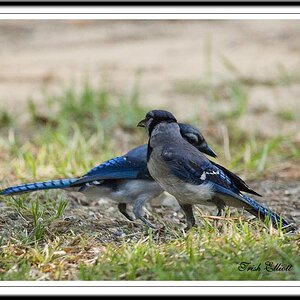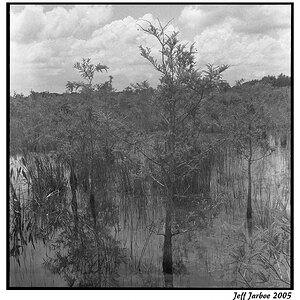- Joined
- Apr 9, 2009
- Messages
- 41,401
- Reaction score
- 5,706
- Location
- Iowa
- Website
- kharrodphotography.blogspot.com
- Can others edit my Photos
- Photos OK to edit
Your shutter speed was father then the flash. Check what the max sync speed is on your flash.
Actually the shutter was slower than the flash. An on camera flash unit at full power fires in about 1/1000 of a second.
At less than full power the duration of the flash is even shorter, exceeding 1/10,000 of a second.
The lens projects the image on the image sensor upside down.
So the bottom of the image is actually at the top of the image sensor.
DSLR shutter curtains move fron the top of the camera to the bottom so gravity aids their movement to control an exposure.
The black bar is caused by the second/rear shutter curtain blocking part of the image sensor as it was closing to end the exposure.
We can also tell that the flash was sync'd to fire as soon as the first/front curtain was fully open.
At 1/350 one or the other of the shutter curtains will always be covering part of the image sensor.
1/200 is the fasted shutter speed that has both shutter curtains fully open, and is also known as the maximumx-sync shutter speed.



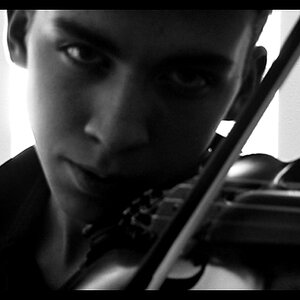
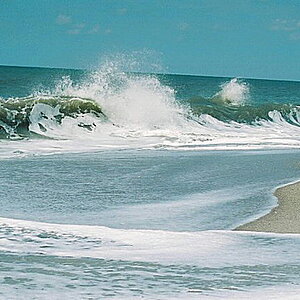
![[No title]](/data/xfmg/thumbnail/32/32637-865ab9beec7e00237b64e4fcb8fe947f.jpg?1619735555)
![[No title]](/data/xfmg/thumbnail/32/32635-be18e952e67667cbb1525b4b057b6423.jpg?1619735554)
